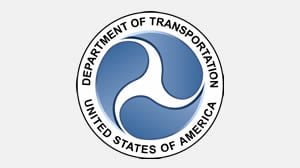RSS feed source: National Science Foundation
The U.S. National Science Foundation Regional Innovation Engines (NSF Engines) program announced the 29 semifinalists advancing to the next stage of the second competition – spanning critical technologies and applications ranging from energy grid security to maximizing the yield of critical minerals mining to advanced optical sensors. The semifinalist teams, many of whom have been building their regional coalitions for a year or longer, are led by universities, nonprofits, private industry and other organizations from across the United States. View a map of the NSF Engines semifinalists.
RSS feed source: National Science Foundation
Scientists at the National Institutes of Health (NIH) have found that two common types of hormone therapy may alter breast cancer risk in women before age 55. Researchers discovered that women treated with unopposed estrogen hormone therapy (E-HT) were less likely to develop the disease than those who did not use hormone therapy. They also found that women treated with estrogen plus progestin hormone therapy (EP-HT) were more likely to develop breast cancer than women who did not use hormone therapy. Together, these results could help to guide clinical recommendations for hormone therapy use among younger women.
Click this link to continue reading the article on the source website.
RSS feed source: National Science Foundation
There is an outbreak of chikungunya in the department of Santa Cruz in Bolivia.
Click this link to continue reading the article on the source website.
RSS feed source: National Science Foundation
U.S. National Science Foundation-funded researchers have stabilized a composite material in a superconducting state at ambient or normal, everyday pressure. Their technique, called the “pressure-quench protocol,” offers a new approach for exploring and developing superconducting materials. Superconducting materials have the potential to enable highly efficient electronic devices and minimal energy loss in power grids.
Superconducting materials typically exhibit zero electrical resistance only at very low temperatures or very high pressures, depending on the material. Researchers at the University of Houston overcame these limitations by using their pressure-quench technique to stabilize a composite of bismuth, antimony and tellurium in a superconducting state under ambient pressure. This study, published in Proceedings of the National Academy of Sciences, also included contributions from researchers at the University at Buffalo and the University of Illinois Chicago.

